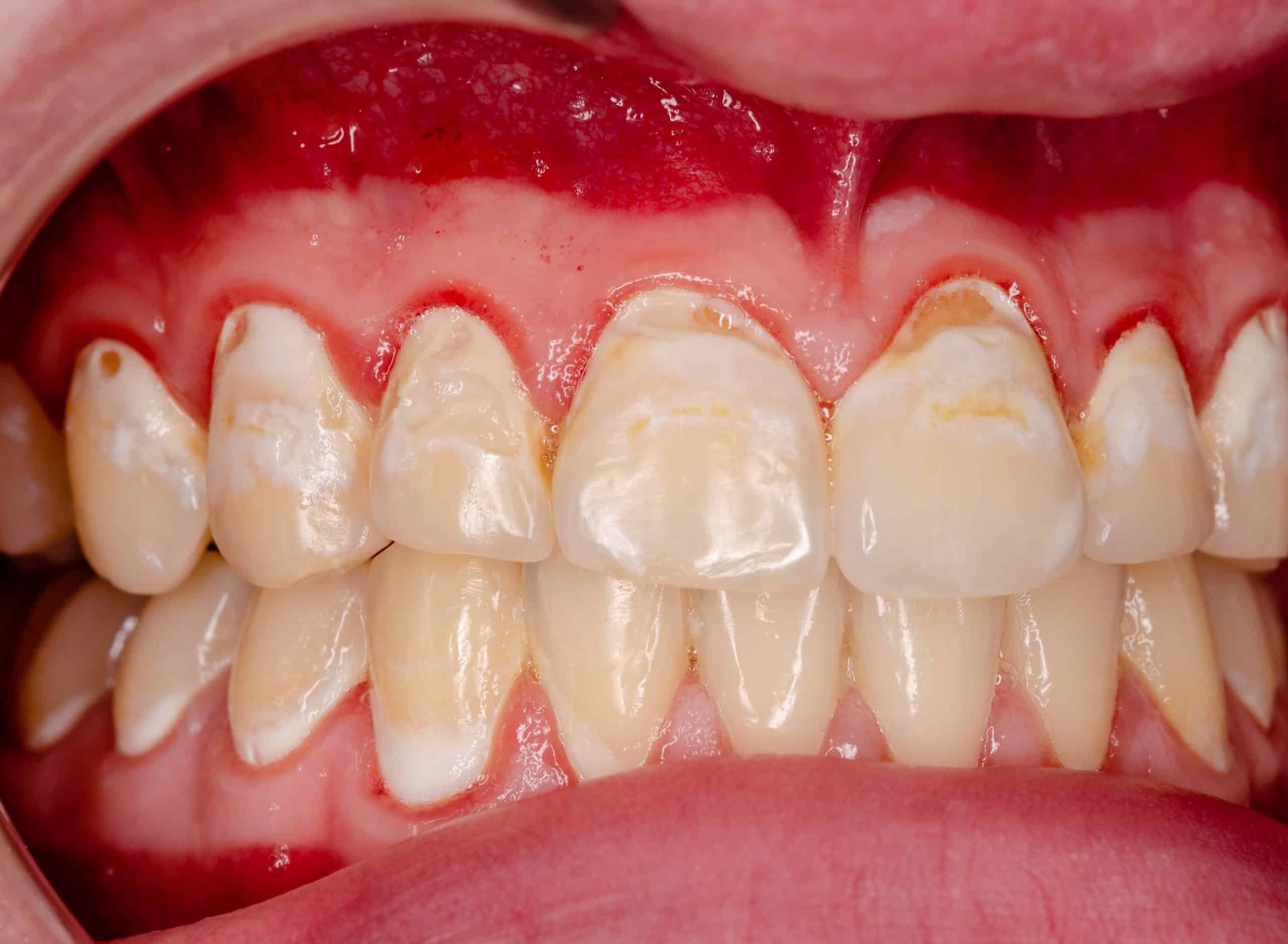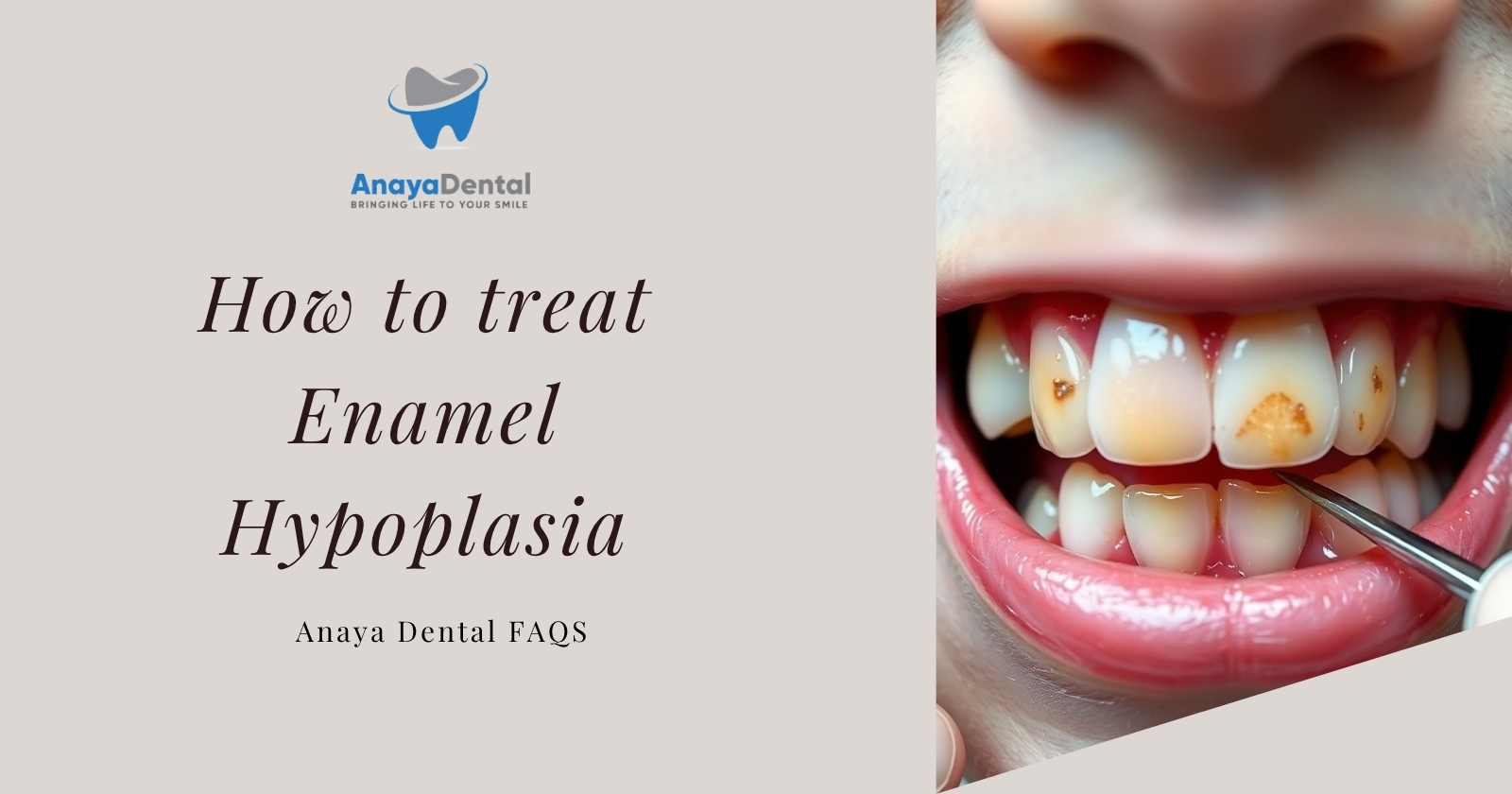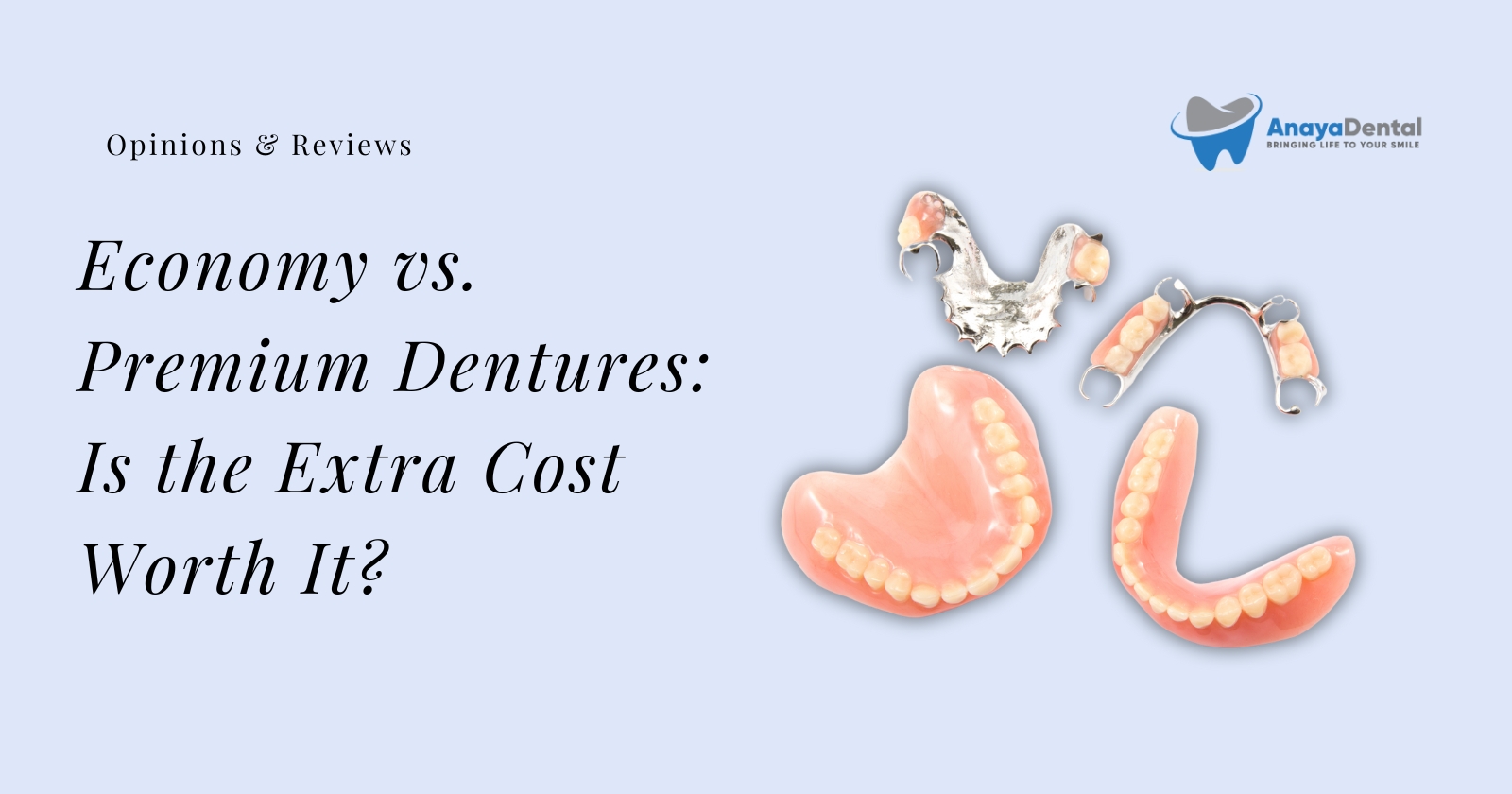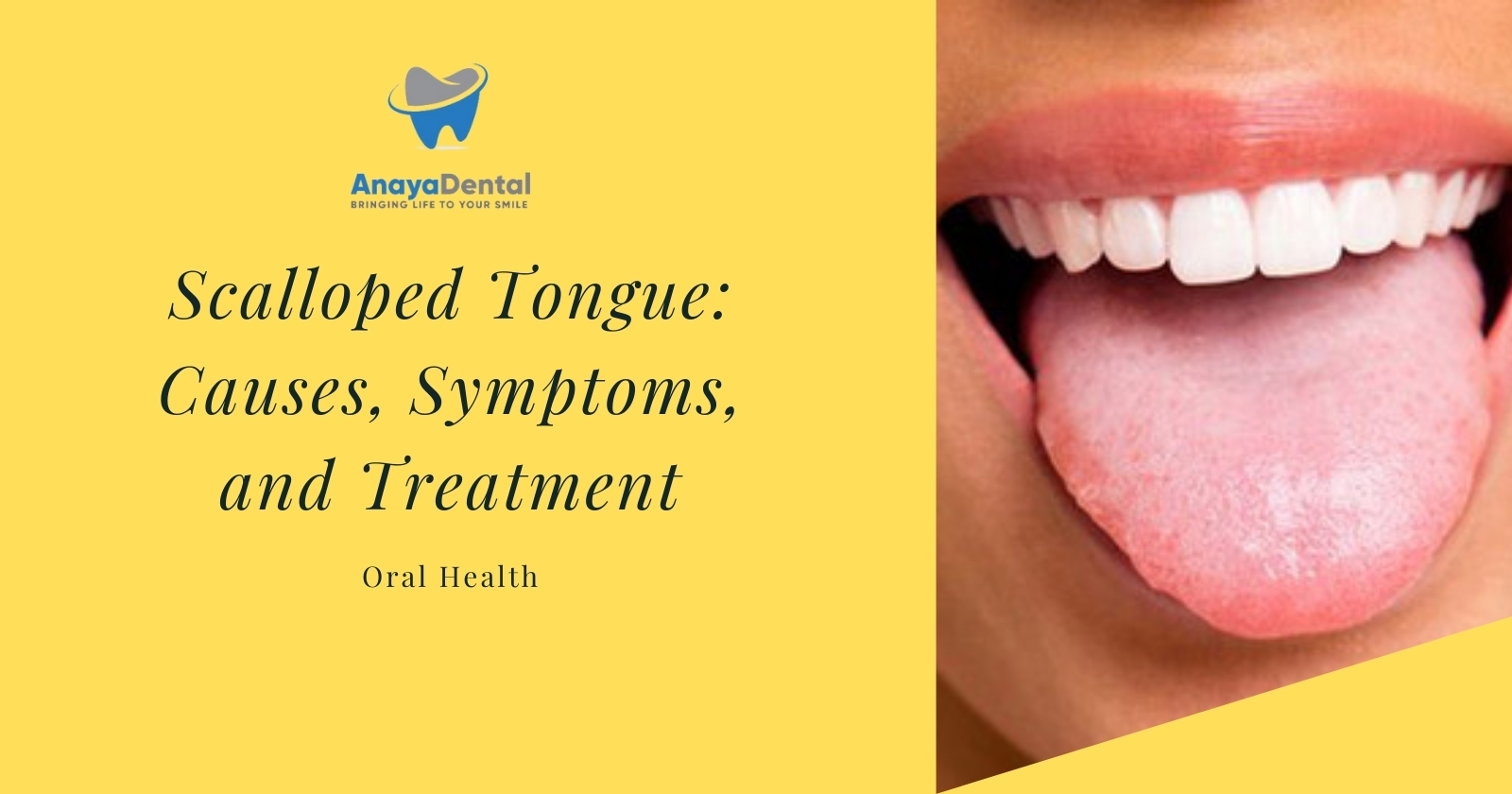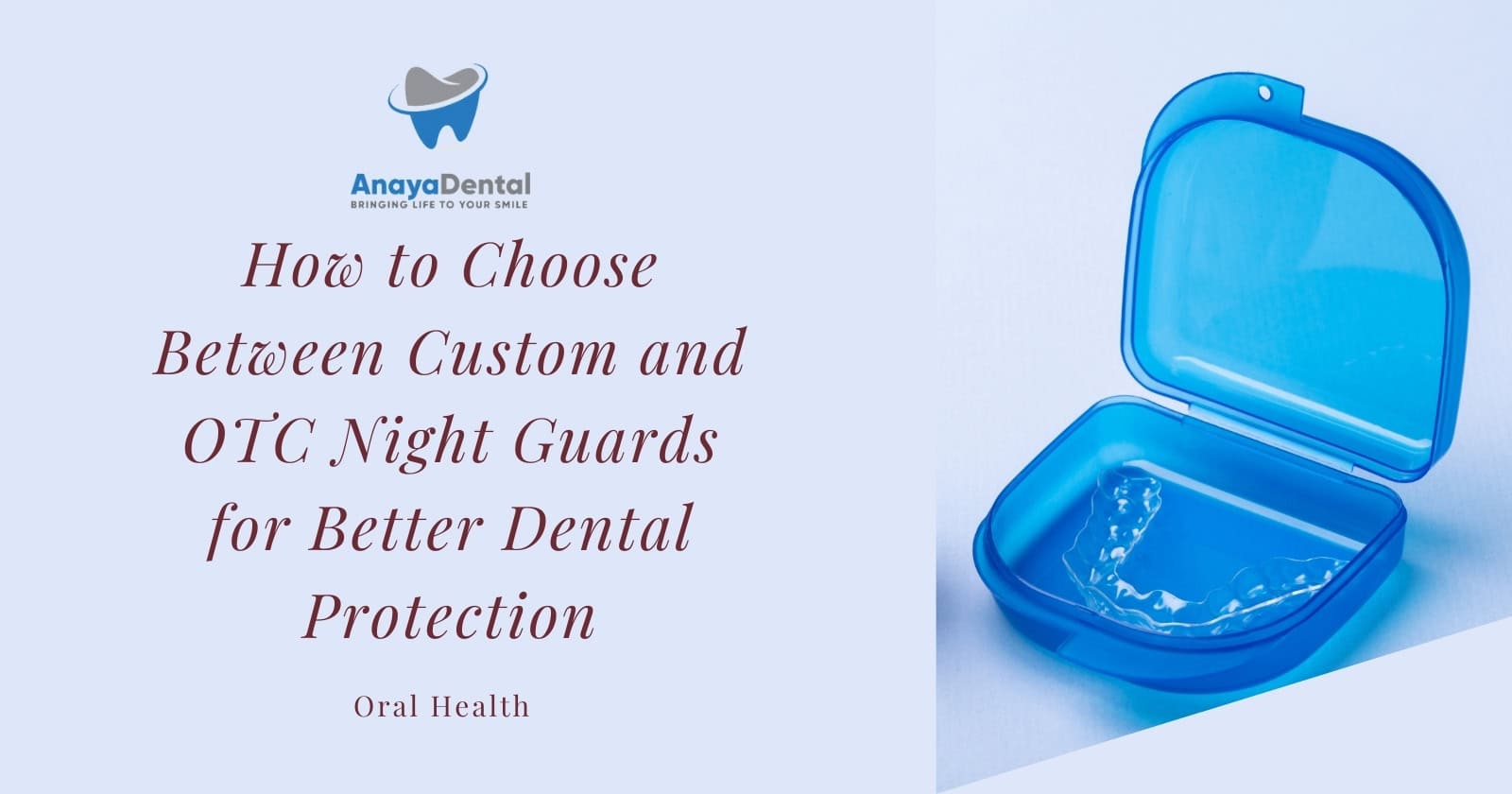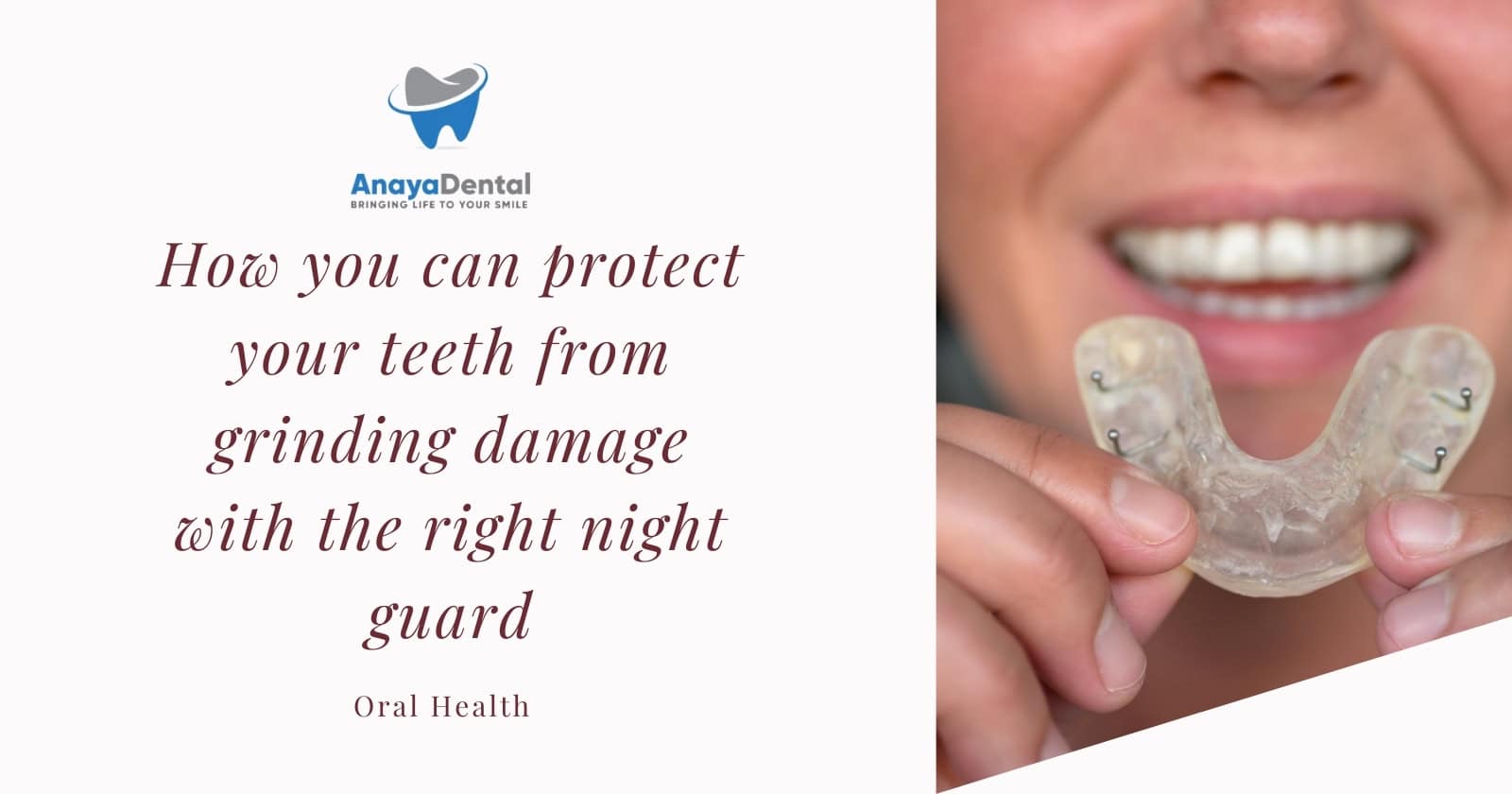Maintaining a radiant smile and robust oral health requires more than just regular brushing and flossing. There’s a delicate balance between demineralization and remineralization that is crucial for preventing cavities and strengthening tooth enamel.
Demineralization, the process where essential minerals are lost from the teeth, leaves enamel vulnerable to decay. This vulnerability can lead to serious dental issues if not addressed.
However, you can counteract this by incorporating specific habits and treatments into your daily routine. These steps help to remineralize your teeth, restoring their natural defenses.
Try Our Dental Calculators
Ensuring a healthy, bright smile involves more than just surface-level care. By adopting the right practices, you can effectively stop demineralization and maintain strong enamel.
Here are the 10 best ways to remineralize your teeth and halt demineralization.
What is Demineralization?
Demineralization is the process where minerals, primarily calcium and phosphate, are lost from the tooth enamel. This weakening of the enamel makes teeth more susceptible to decay and cavities.
How Demineralization Occurs?
Demineralization occurs when essential minerals like calcium and phosphate are lost from tooth enamel. This process weakens the enamel, making it more susceptible to decay. It all starts with the formation of plaque. Plaque is a sticky film of bacteria that develops from food particles, bacteria, and saliva.
When you consume sugary or starchy foods, the bacteria in plaque metabolize these sugars. This produces acids as a byproduct. These acids lower the pH level in the mouth. The result is an acidic environment where the hydroxyapatite crystals in enamel begin to dissolve.
Early stages of demineralization often appear as white spots on the enamel. These spots indicate areas where minerals have been lost. Prolonged exposure to acids leads to further loss of minerals, weakening the enamel. If left unchecked, this can eventually result in cavities.
Several factors contribute to demineralization. Diet, poor oral hygiene, dry mouth (xerostomia), genetic predisposition, acid reflux, and eating disorders all play a role.
Frequent consumption of acidic foods and drinks, such as citrus fruits, sodas, and fruit juices, significantly contributes to enamel erosion. Inadequate brushing and flossing allow plaque to build up, increasing acid production and enamel demineralization.
A lack of saliva, whether due to conditions or medications, heightens the risk of demineralization. Saliva helps neutralize acids and wash away food particles. Genetic factors can also play a role. Some individuals have weaker enamel or a higher susceptibility to decay.
Conditions like gastroesophageal reflux disease (GERD) cause stomach acid to enter the mouth, eroding enamel. Eating disorders such as bulimia involve frequent vomiting, exposing teeth to stomach acid and accelerating demineralization.
Here are the 10 Best ways to Remineralize your teeth and Stop Demineralization
Fluoride Treatment
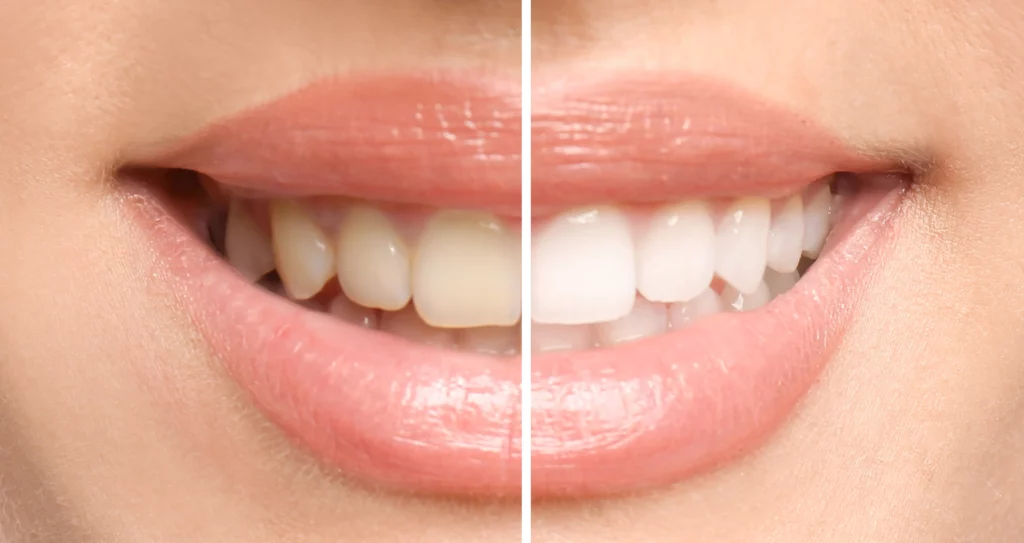
Fluoride strengthens enamel by reintroducing essential minerals. It reduces the solubility of enamel in acid, making it more resistant to decay. You can get fluoride from toothpaste, mouthwash, and professional treatments at the dentist. Topical fluoride applications like gels and varnishes provide a concentrated dose to the teeth. This is especially beneficial for those at high risk of decay.
Maintain Oral Hygiene

Effective oral hygiene is crucial in preventing plaque build-up. Plaque contains acids that demineralize enamel. Brushing twice daily with fluoride toothpaste removes food particles and bacteria. Flossing once a day eliminates plaque and debris between teeth, areas where brushes can’t reach. This reduces the risk of cavities and gum disease.
Limit Sugary Foods and Drinks
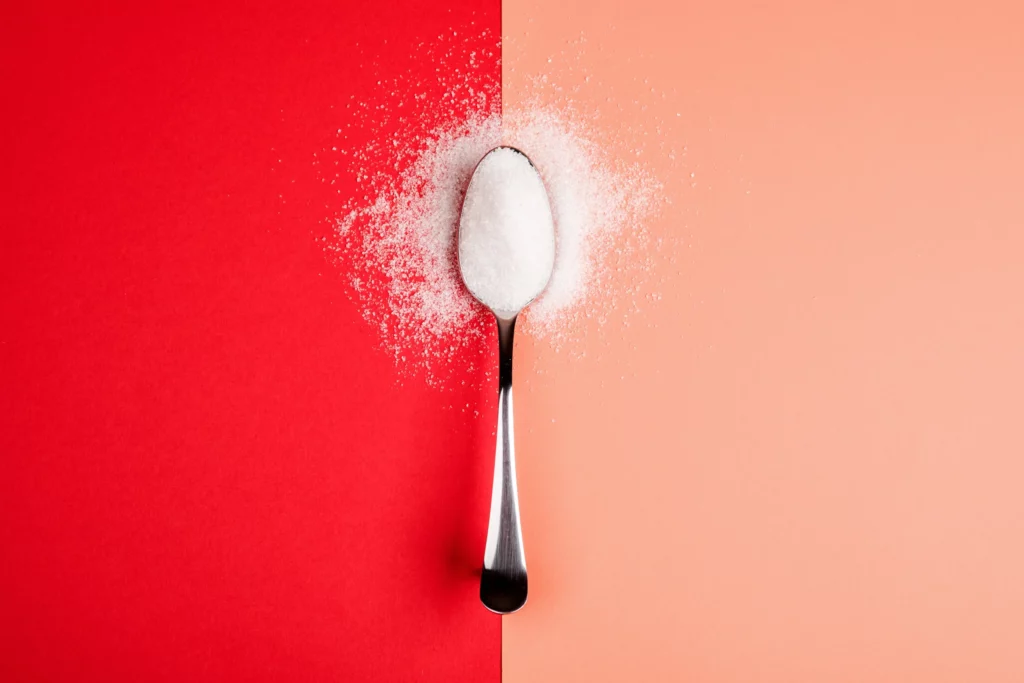
Sugary and acidic foods and drinks, such as candies, sodas, and fruit juices, feed harmful bacteria in the mouth. These bacteria produce acids that erode tooth enamel. Limiting their intake helps prevent this acid attack. When consuming such foods, it’s better to have them with meals rather than as snacks. This minimizes the frequency of acid exposure.
Eat Calcium-Rich Foods

Calcium is a critical mineral for maintaining strong teeth and bones. Foods like milk, cheese, yogurt, leafy greens, and almonds provide a natural source of calcium. Including these in your diet helps replenish the mineral content in your teeth. This contributes to stronger enamel.
Cheese Consumption

Cheese stimulates saliva production. Saliva is the mouth’s natural defense against acid. It helps neutralize acids and provides calcium and phosphate that aid in remineralization. Cheeses like cheddar, Swiss, and mozzarella are particularly effective.
Use Remineralizing Toothpaste
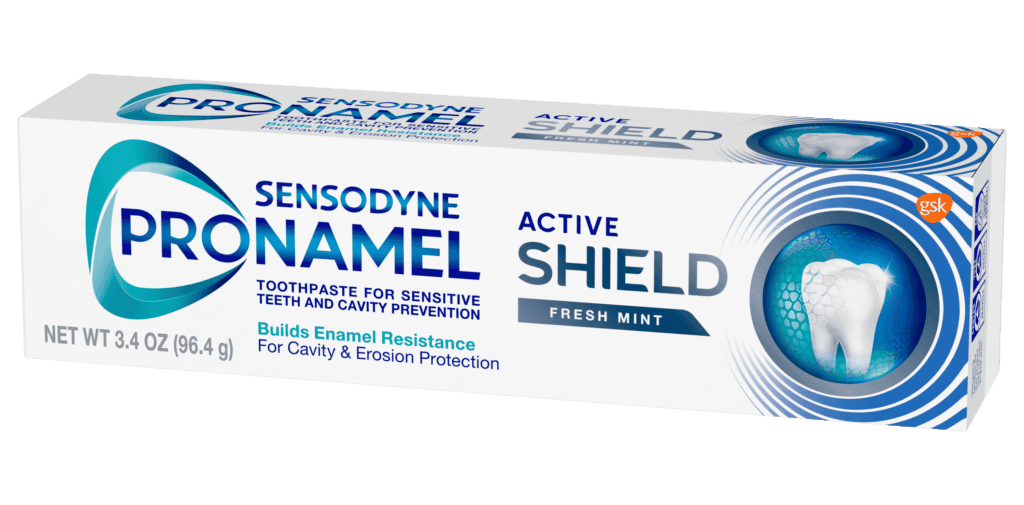
Toothpaste containing ingredients like calcium phosphate, stannous fluoride, and nano-hydroxyapatite can help repair enamel. These toothpaste formulations supply necessary minerals directly to the teeth. They enhance the natural remineralization process.
Stay Hydrated
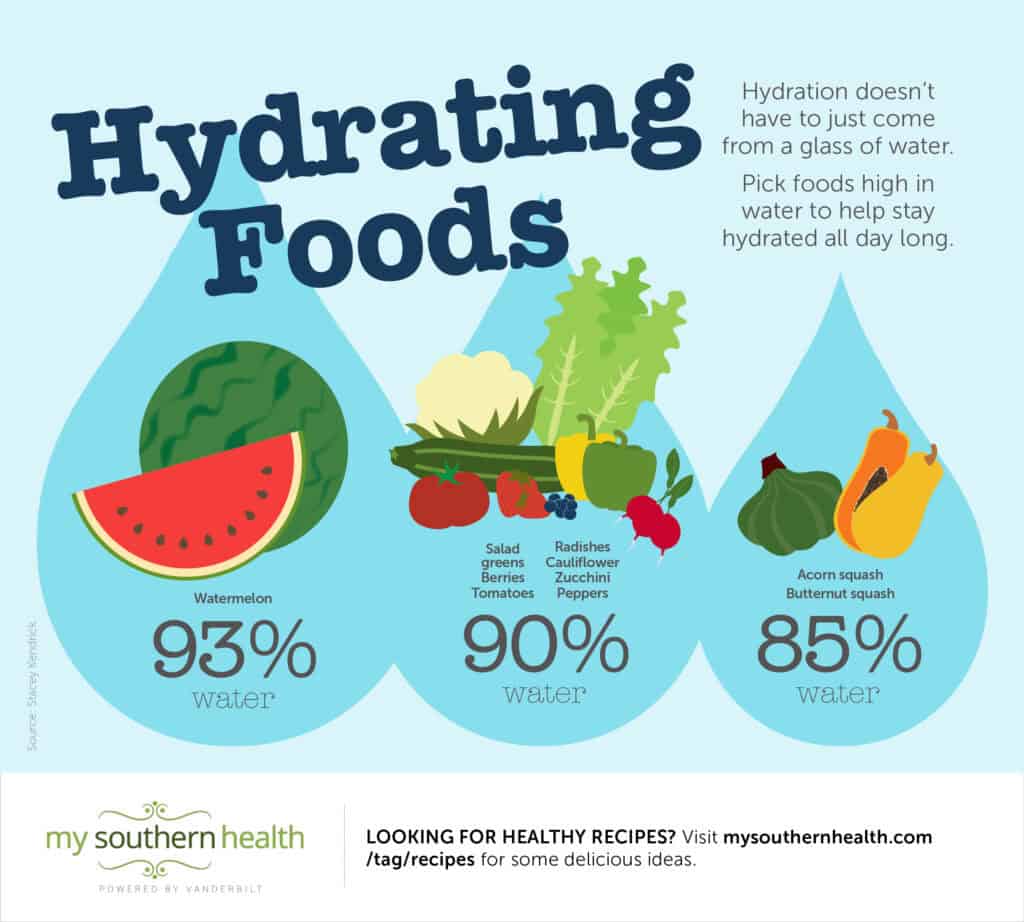
Drinking water throughout the day helps rinse away food particles and bacteria. This reduces the risk of acid formation. Fluoridated water provides an additional source of fluoride. It contributes to stronger enamel and fewer cavities. Staying hydrated ensures sufficient saliva production. Saliva is vital for maintaining a neutral pH in the mouth.
Avoid Phytic Acid
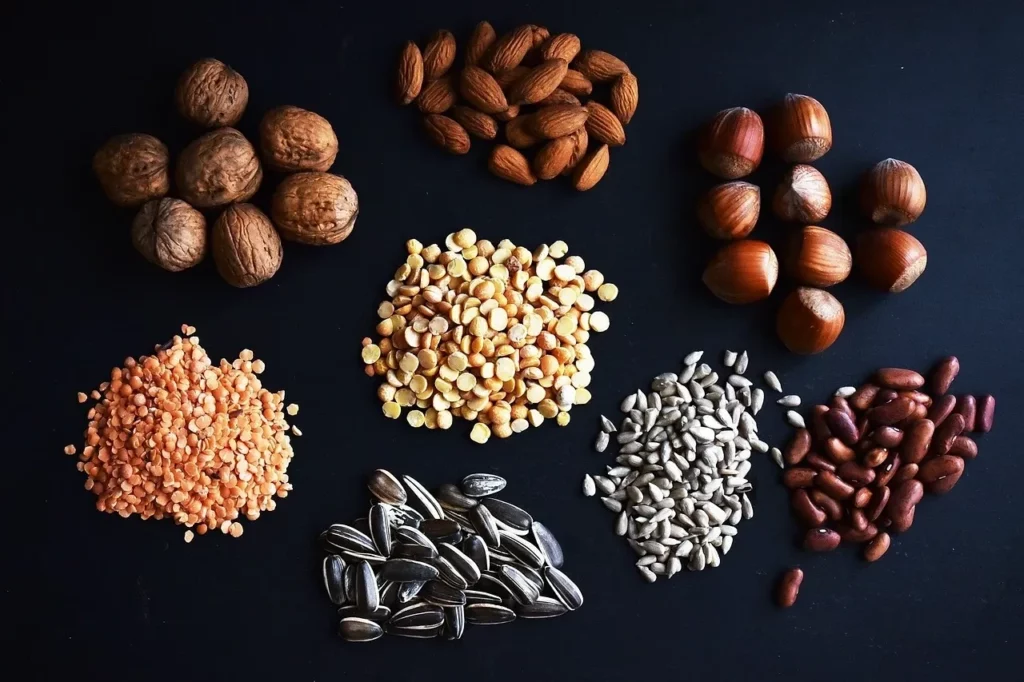
Phytic acid, found in seeds, nuts, and grains, can bind to minerals like calcium. This prevents their absorption. To reduce phytic acid content, soak or sprout these foods before consuming them. This practice can enhance mineral availability and absorption, supporting overall dental health.
Use Xylitol Products
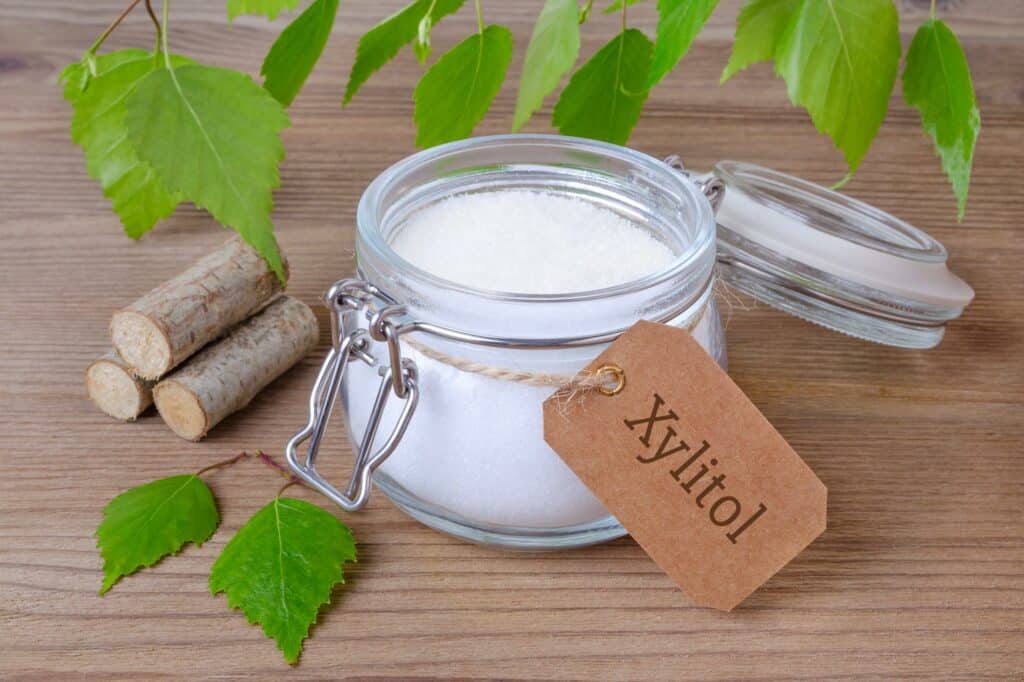
Xylitol is a sugar alcohol that cannot be metabolized by cavity-causing bacteria. Using xylitol-sweetened gum or mints increases saliva production. It also reduces harmful bacteria levels in the mouth. This helps lower the risk of cavities. Xylitol promotes remineralization by providing a more favorable environment for the teeth.
Regular Dental Visits

Regular check-ups and cleanings allow your dentist to remove tartar and plaque that you might miss during daily brushing and flossing. Dentists can apply fluoride treatments and sealants. They also provide personalized advice on maintaining and improving your oral health. Early detection of potential issues allows for prompt treatment. This prevents more serious problems down the line.
What are the main signs of Demineralization?
The main signs of demineralization include:
- White Spot Lesions: Early stages often present as chalky white spots on the tooth surface. These spots indicate areas where minerals have been lost, making them less dense than the surrounding healthy enamel.
- Increased Sensitivity: As enamel thins and demineralizes, teeth become more sensitive to hot, cold, sweet, or acidic foods and drinks. This sensitivity occurs due to the exposure of the underlying dentin, which reacts more to temperature and tactile stimuli.
- Rough or Chalky Texture: Demineralized enamel can feel rough or chalky to the touch. This change in texture happens as the enamel loses its smooth, glossy surface.
- Discoloration: Over time, demineralized areas may turn yellow or brown as the enamel continues to break down and dentin becomes exposed.
- Cavities: If demineralization progresses without intervention, cavities can form. These are permanent holes in the enamel that expose the underlying dentin and potentially the tooth’s pulp.
- Plaque Buildup: Increased plaque accumulation can be both a cause and a sign of demineralization. Demineralized areas are more prone to plaque buildup, which further accelerates the process.
- Bad Breath: Persistent bad breath can indicate demineralization and underlying decay. Plaque and bacteria contributing to demineralization also produce foul-smelling compounds.
- Gum Irritation: Although not a direct sign, gum irritation and inflammation can accompany demineralized teeth. Plaque buildup can lead to gingivitis.
Recognizing these signs early is crucial for taking preventive measures and seeking appropriate dental care to halt the progression of demineralization and restore the health of your teeth.
Understanding the signs of demineralization is essential for maintaining good oral health. Early indicators such as white spot lesions, increased sensitivity, and a rough or chalky texture signal the need for prompt attention and care.
Discoloration, cavities, plaque buildup, bad breath, and gum irritation further underscore the importance of addressing demineralization proactively. Recognizing these signs and taking preventive measures can halt its progression.
Using fluoride, maintaining proper oral hygiene, adjusting your diet, and visiting your dentist regularly are effective strategies. These steps ensure your teeth remain strong and healthy.
At Anaya Dental Care, we are committed to helping you maintain optimal oral health. Our team of professionals provides personalized care and effective treatments to prevent and reverse demineralization.
Remember, early intervention is key to preserving your smile and overall dental well-being. Schedule your appointment with Anaya Dental today to ensure your teeth receive the best care possible.
